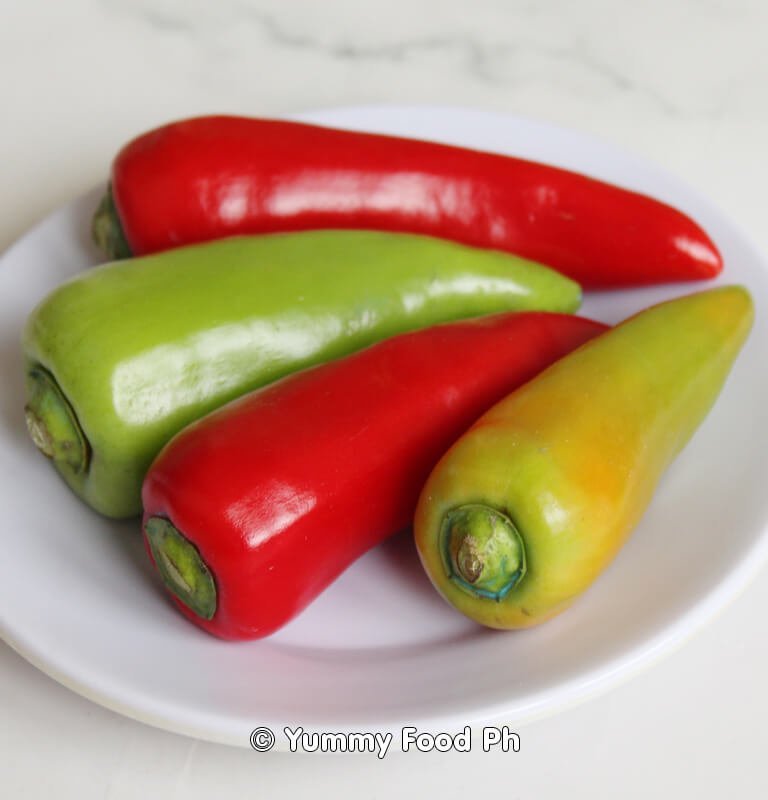Bell Peppers (Capsicum annuum): Nature’s Vibrant Culinary Gems
Bell peppers, scientifically known as Capsicum annuum (Grossum Group), are one of the most versatile and colorful ingredients in global cuisine. These sweet, crunchy fruits (yes, botanically they’re fruits!) belong to the Solanaceae or Nightshade family, alongside tomatoes, eggplants, and potatoes. What makes bell peppers truly special is their remarkable color transformation – starting as green immature fruits that gradually develop into vibrant red, yellow, orange, or even purple varieties as they ripen, with each stage offering distinct flavors and nutritional benefits.
The Fascinating Biology of Bell Peppers:
🌱 Plant Characteristics:
- Bushy, upright perennial plants (grown as annuals in temperate regions)
- Lance-shaped dark green leaves
- Delicate white flowers that develop into the characteristic fruits
🌈 Color Evolution & Flavor Development:
- Green peppers: Harvested early, with slightly bitter, grassy notes
- Yellow/Orange: Intermediate sweetness with crisp texture
- Red peppers: Fully ripe, with maximum sweetness (up to 3x sweeter than green)
- Purple/Chocolate: Rare varieties with subtle flavor differences
Culinary Superstars Across Cultures:
🌍 Global Flavor Carrier:
- Mediterranean: Roasted in ratatouille or stuffed
- Asian: Stir-fried in dishes like fajitas or chop suey
- Latin: Essential in sofrito and ceviche
- European: Key component in Hungarian paprika production
Nutritional Powerhouse:
- Vitamin C: Red peppers contain 2x more than oranges
- Vitamin A: Essential for eye health
- Antioxidants: Capsanthin gives red peppers their color
- Fiber: Supports digestive health
Pro Tip: The white membrane inside (placenta) contains most of the capsaicin receptors but almost no heat – making bell peppers the only Capsicum without spiciness!
From crisp raw snacks to caramelized roasted delights, bell pepper’s add color, texture, and nutrition to every dish they grace. Their sweet, earthy flavor profile makes them perfect for everything from fresh salads to slow-cooked stews. Whether you’re using them as edible containers for stuffed peppers or blending them into romesco sauce, these vibrant veggies are true kitchen chameleons.
Did you know? The world record for largest bell pepper weighed nearly 1.5 pounds!
What’s your favorite way to enjoy bell pepper’s? Share your best pepper recipes below! 🌶️😊
These ingredients are frequently used in our culinary preparations.
Visit us on YouTube: Yummy Food PH

